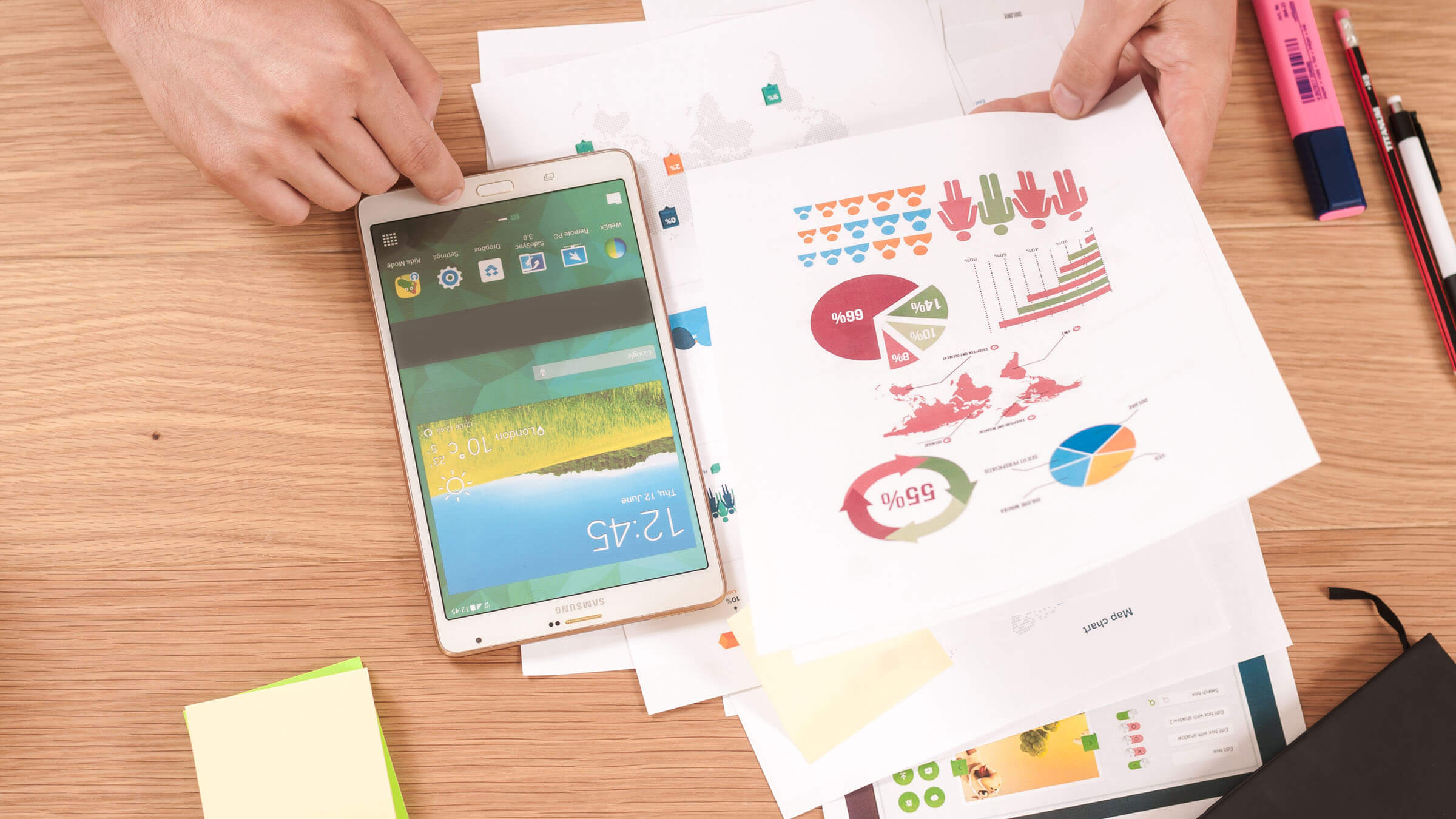It’s never been so easy to spend money, with websites and apps available to help modern-day consumers buy just about anything they wish. The counterpoint to this is the recognition that many of us want to take back a bit more (self-)control over how we spend, as well as how we save. The past few years have seen a plethora of apps launched (including by our own bank accounts and the likes of PayPal) that help us look after our money, budget and save. We take a look at some of the best.
Mint
Building on its successful and somewhat trailblazing early launch (it was named by Time magazine as one of the best apps of 2014), Mint continues to be one of the most popular and best money-management apps on the market. Collating info from your bank and credit cards, it helps you create budgets and track investments. In addition, it motivates you to save by making recommendations “based on your lifestyle and goals”.
Moneybox
Moneybox is a Britain-based app that works as simply as it sounds: whether it’s from a morning wake-me-up coffee at your favourite local café or the bill from yesterday evening’s family meal, it allows you to “round up your everyday purchases to the nearest pound and invest the change.” With such small amounts, it does this almost surreptitiously, without you really noticing, and each pound goes into your choice of more than 6,000 global companies.
Acorns
There are clear similarities between Moneybox and US-based Acorns in that both encourage savers to invest small amounts, in the latter case billed as “micro investing”. The process is to connect your cards and accounts, continue buying as usual, and then invest your small change. Users have the option of recurring investments of daily, weekly or monthly instalments – into any of the 7,000 stocks and bonds in the portfolio.
Money Dashboard
Money Dashboard is another money-management app based in the UK that will have equivalents in other countries. It is supported by most of the big-name British High Street banks and was a British Bank Awards winner in 2017. As with many of the best, it has a simple layout and is easy to use. Via clear visuals, graphics and info, you can see exactly what you’re spending, plan budgets and predict future outgoings.
Pocketbook
Pocketbook is used across Australia, and similar to Money Dashboard, it has the advantage of clarity and good graphics. It automatically organises where your money has gone into key categories, such as food, clothes, fuel and so on. You receive automatic notifications about fees and when bills are due to be paid. It also has its own budgeting tool in order to motivate you to spend sensibly and save for the future.
TrackMyGoals
A major criterion in deciding whether to trust your valuable and private financial information to an app knowing is who is behind the technology. The Australian Securities & Investment Commission (ASIC) offers “free and impartial financial guidance and tools you can trust” – including its TrackMyGoals app, which creates “realistic savings goals”. The app is based on good consumer habits and encourages savers to make saving an everyday routine. A sister app called TrackMySpend helps you budget and shows you where you spend your money.
PensionBee
In our increasingly connected society, with many people comfortable moving wherever their career takes them, and where staying with firms for just a few years is usual, it can be difficult to keep a close eye on exactly how your multiple pensions are doing. British-based PensionBee combines all your pensions into its PensionBee Plan, and provides you with one pension and one balance. It claims to already have more than 41,000 customers.
Venmo
Venmo, owned by PayPal, is distinctive in that it has a social media dimension. Users can sign in with their Facebook accounts, and then send money and make purchases. The big difference to most money-managing apps, however, is that it facilitates the loan or repayment of money to and from friends. For example, you go out for a meal with friends, or you want to contribute towards a present for a mutual friend, one person pays and the rest of the group pays their share via Venmo.
Wally
Another easy-to-use money-managing app is Wally. Positioning itself as the champion of the ordinary person, it claims: “We’re real people with real problems. So we embarked on a mission to solve our problem and hopefully solve yours.” This app is a simple tool for keeping track of your incomings and outgoings, how your budgeting is coming along. Additionally, it’s completely free, works with all currencies, and you can add photos of your receipts.
You Need a Budget
You Need a Budget – or YNAB, as it likes to style itself – does exactly what the title suggests: The idea is to get all your bank accounts synced in one place, keep an eye on everything and stick to your budget. You receive warnings if you have overspent, as well as messages about payments and encouragement to set realistic, achievable goals. Clear graphics and pie charts let you know how you’re doing.














Sorry, the comment form is closed at this time.